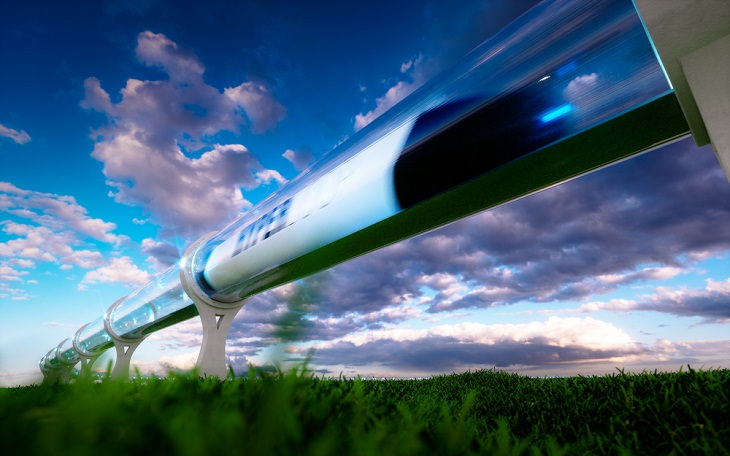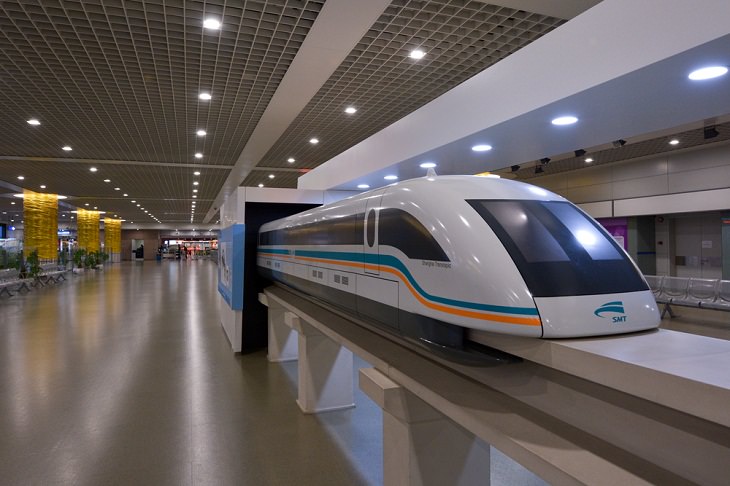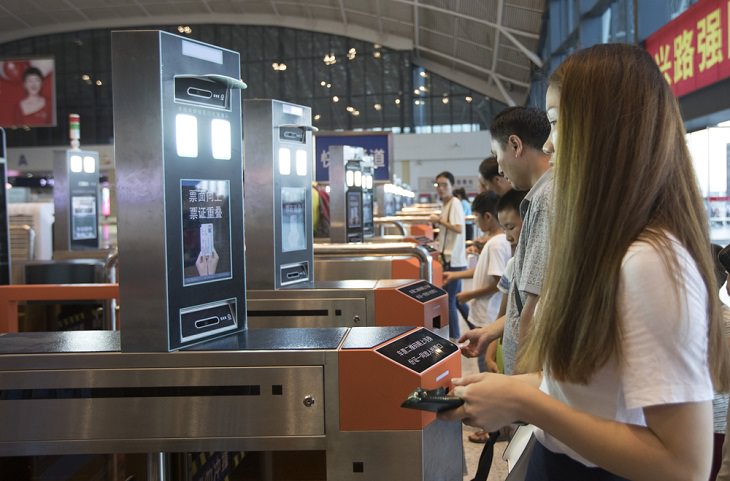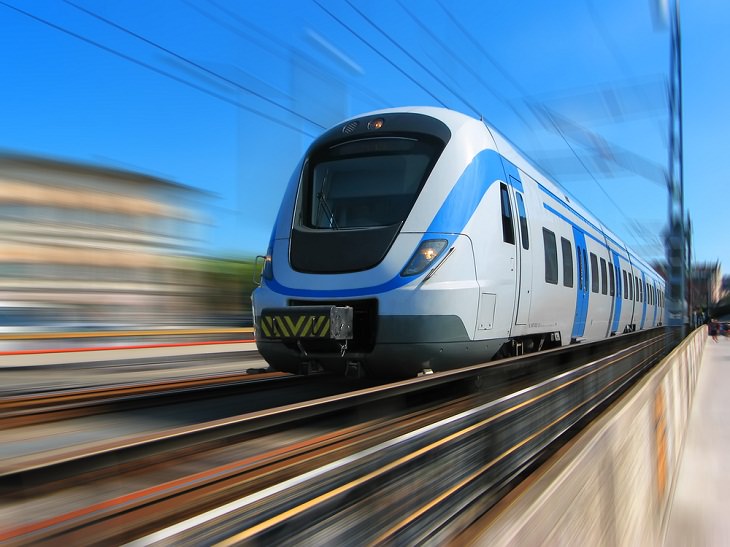Any discussion on the future of train travel cannot be complete without mentioning the Hyperloop underground transportation system. Hyperloop means ultra-fast inter-city travel that uses gracefully designed travel pods inside metallic tubes. The biggest benefit of this system is supposed to be its breathtaking speed - 1,220kph (760 mph). This basically means that one could travel seamlessly between Los Angeles and San Francisco in only about 29 minutes, a trip that usually takes 2 hours and 56 minutes on the high-speed rail system.
While the Hyperloop isn't technically a train, it is certainly an ultra-high-speed ground transportation system similar to bullet trains. The idea for this revolutionary transportation system has been conceptualized by entrepreneur Elon Musk and the estimated cost of this mega project is between $6 and $7.5 billion. The concept is fascinating – the pods float along the track in a low-pressure sealed tube using magnetic levitation and glide at high speeds because of ultra-low aerodynamic drag.
That being said, Hyperloop would require an extremely high cost of construction and maintenance. Whether they manage to pull it off, despite the inhibitions against it, remains to be seen. For now, Musk believes it is all set to become the fifth mode of transport (after trains, cars, boats, and planes).
2. Superfast maglev trains
Maglev trains, or magnetic levitation trains, are believed to be the next big evolution in train technology. These trains work on the principle of magnetic repulsion between the cars and the track. In simpler words, maglev trains use magnets to float carriages above the ground without needing wheels. The word 'maglev' is actually a fusion of the words “magnetic” and “levitation", and the magnetic levitation of the trains is achieved with the aid of an electrodynamic suspension system or EDS.
Maglev trains are currently the fastest form of rail travel in the world. The Shanghai maglev train, which connects Shanghai Pudong International Airport and Longyang Road Station, is the fastest of its kind at the moment. It runs at a speed of 431 km/h (268 mph) and covers its 30-km journey (19 miles) in about 7 minutes.
The next big maglev train, however, is supposed to be even faster. The Chuo Shinkansen line in Japan, expected to be launched in 2027, will have a top speed of 505 km/h (314 mph) and will cover the 286-km (178-miles) trip between Tokyo and Nagoya in just 40 minutes. Furthermore, China is already testing a 1,000 km/h (621 mph) 'super maglev' train!
Apart from lessening our travel time considerably, the superfast maglev trains also have another great benefit: they are fully electric. This means that the trains would have a very low carbon footprint. As maglev technology advances, it is likely to be adopted the world over, transforming long-distance travel forever.
3. Biometric ticketing systems
Biometric markers could replace physical train tickets in the future and might speed up entry for passengers. A company called Cubic Transportation Systems has recently initiated a gateless entry system that makes use of Bluetooth and facial recognition software to enable passengers to pay their fare quickly and get into the train.
You won’t have to touch anything – a Bluetooth sensor mounted on the wall will scan your smartphone and allow your passage. At the same time, 3D scanning cameras mounted in front of the Gateline will capture your face or some other physical feature, and you will then be allowed to board the train.
“The ability to scale biometric technology in mass transit is a key element in enabling a seamless experience in fare vending, validation, and revenue collection,” says Niosha Kayhani, research and development engineer at the Cubic Innovation Centre in London. “It allows our customers to provide their riders with the option to register with the system and provide tailored and improved services for passengers while collecting advanced data to prevent revenue loss through fare evasion.”
While all this may sound a little too much, the company has claimed that its system can double the efficiency of metro systems. Ultimately, the goal of this new technology is to make subway boarding speeds faster.
4. Driverless trains
Much like the impact that driverless cars are supposed to have on the future of automobiles, autonomous trains, too, are expected to be the game-changer for the future of rail in the coming decade. Driverless trains have, in fact, already become operational in places like Brazil, China, Turkey, and Malaysia. These autonomous trains are managed from a central control station and have the benefit of running more frequently with lesser staff. These trains are also equipped with ATP (automatic train protection) that will automatically apply the brakes if the train passes a red signal or is traveling too fast, thus preventing collisions.
Driverless trains reduce human error and minimize energy consumption by controlling the speed and taking delays into account while also promising smoother changes of acceleration compared to manual control. Their benefits are many and we are sure to see driverless trains become a more regular feature of our travel in the future.
5. Solar-powered and hydrogen-powered trains
Solar-powered trains could play an important part in our future. The world's first fully solar-powered train (video above) is already operational in Byron Bay, Australia, since 2017 and runs solely on clean energy. The solar panels on its roof and at pit stops supply all of the power needed for its 3 kilometers (1.9 miles) route. Initially, the train only had two diesel engines, but one has been replaced by batteries and an electric motor while the other functions as a backup in case of an emergency.
See Also: The Fascinating Transformation of Trains through the Ages
This solar train will also run under a cloudy sky because of a 77kWh battery. Currently, the train seats 100 passengers and completes one round-trip journey every hour. But since this system will help make train travel even more sustainable, we can expect more fully solar-powered trains making their way on to the tracks in the coming years.
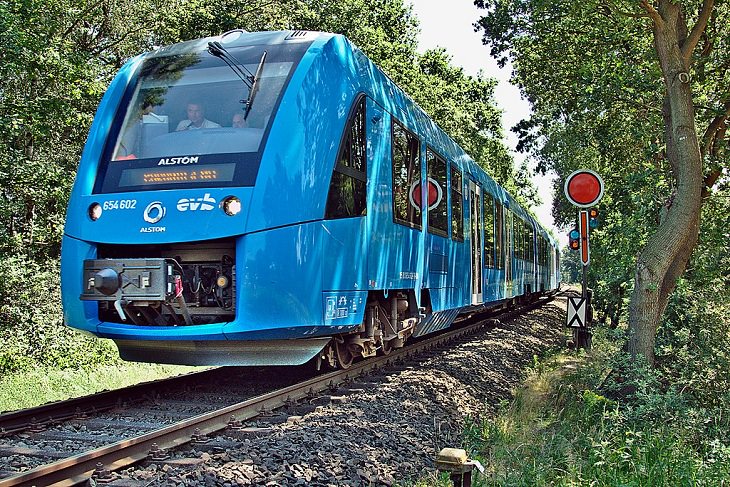
Image source: Wikimedia Commons
Solar-powered trains aren't the only ones making news, though. In 2016, Germany had unveiled the Coradia iLint, the world's first hydrogen-powered train. This zero-emission train emits low levels of noise and its exhaust is only steam and condensed water. It is a true alternative to diesel power and is specifically designed for operation on non-electrified lines.
Other countries like the UK and India too have realized its benefits and have already made plans to introduce hydrogen trains into their railway networks. Our article on the first hydrogen-powered train provides more information on its many advantages.
Share this article with your friends and family...

